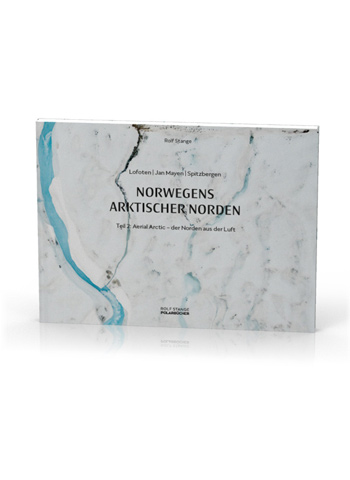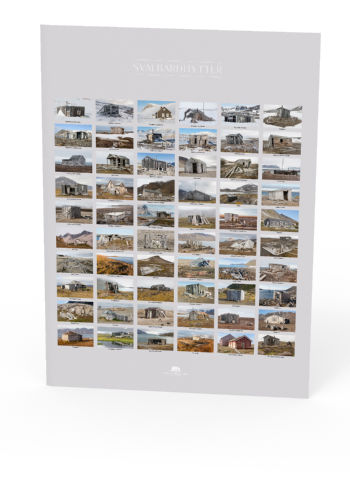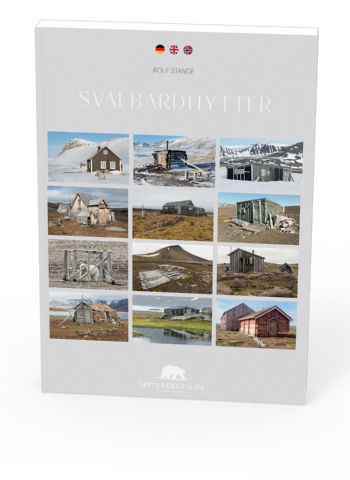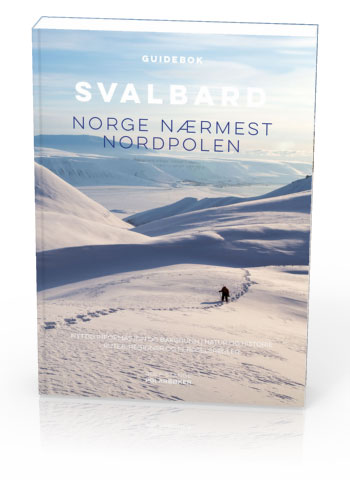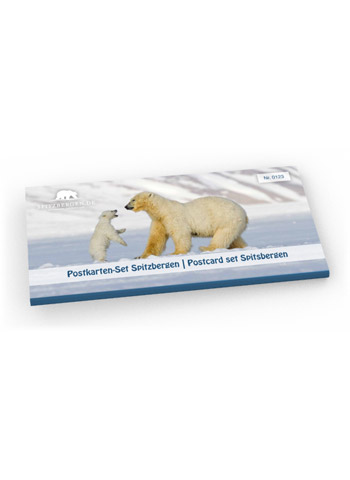Sidestruktur
-
Spitsbergen-nyheter
- Velg måned
- april 2025
- mars 2025
- februar 2025
- januar 2025
- desember 2024
- november 2024
- oktober 2024
- september 2024
- august 2024
- juli 2024
- juni 2024
- mai 2024
- april 2024
- mars 2024
- februar 2024
- januar 2024
- desember 2023
- november 2023
- oktober 2023
- september 2023
- august 2023
- juli 2023
- juni 2023
- mai 2023
- april 2023
- mars 2023
- februar 2023
- januar 2023
- desember 2022
- november 2022
- oktober 2022
- september 2022
- august 2022
- juli 2022
- juni 2022
- mai 2022
- april 2022
- mars 2022
- februar 2022
- januar 2022
- desember 2021
- november 2021
- oktober 2021
- september 2021
- august 2021
- juli 2021
- mai 2021
- april 2021
- mars 2021
- februar 2021
- januar 2021
- desember 2020
- november 2020
- oktober 2020
- september 2020
- august 2020
- juli 2020
- juni 2020
- mai 2020
- april 2020
- mars 2020
- februar 2020
- januar 2020
- desember 2019
- november 2019
- oktober 2019
- september 2019
- august 2019
- juli 2019
- juni 2019
- mai 2019
- april 2019
- mars 2019
- februar 2019
- januar 2019
- desember 2018
- november 2018
- april 2000
- Velg måned
-
Værinformasjon
-
Newsletter

| Svalbard-guidebok som ebok |
Home → * Nyheter og reiseblogg → Hvordan har Svalbards isbjørner det virkelig? Morten Jørgensens kritisk svar til Jon Aars
Hvordan har Svalbards isbjørner det virkelig? Morten Jørgensens kritisk svar til Jon Aars
Det går egentlig ganske bra med Svalbards isbjørner. Bestanden er stabil eller øker til og med litt, og mange dyr er i god fysisk form. Sånt beskriver Jon Aars situasjonen. Aars er den ledende isbjørnforskeren ved Norsk Polarinstitutt, se den siste artikkelen på denne hjemmesiden.
Men det finnes andre meninger. Her leser du Morten Jørgensens kritisk svar til Jon Aars sin beskrivelse om situasjonen Svalbards isbjørner er inne nå. Morten Jørgensen er forfatteren til boka Polar bears: beloved and betrayed.
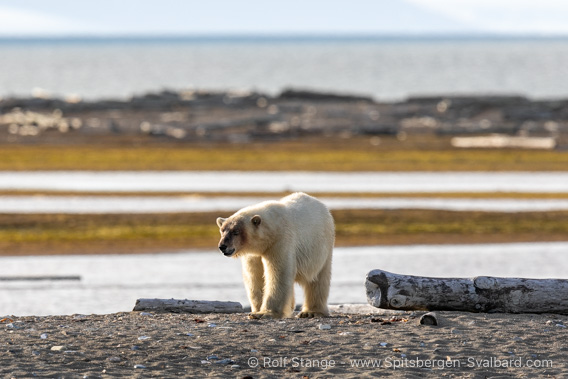
Isbjørn på Prins Karls Forland.
Morten Jørgensens kritisk svar til Jon Aars
To the statements made by the leading polar bear researcher at the Norwegian Polar Institute, Jon Aars, as he has been quoted in the article Ekstremår for sjøisen: – Har smeltet raskt gjennom sommeren
I feel compelled to make this comment:
There is a tendency in polar bear management to push the consequences of the many problems that the species face into the future. Sometimes the near future. But never right now. Because that would mean that the hunting would have to stop, and the managers cannot bring themselves to even begin to face that decision. This laissez-faire attitude of projection of today’s issues into the future spills over into science.
Latest, Jon Aars claims that the polar bears in Svalbard for now are doing ok – but will face tougher times in the decades to come. He even goes so far as to say that the local population is stable and may be growing.
He has absolutely no scientific basis for making such statements.
The latest attempt at counting the polar bears of Svalbard led to the conclusion that there is no statistical significant change in the population since the previous «count». In other words, Jon Aars’ optimism is based not in scientific data, but in … ? I guess only he knows.
Also: The presumed stability of the population, based on the data from those last two counts, is NOT a good sign. It is actually almost evidence that the local polar bear population on Svalbard is in dire straits. How so? Well, the other mainstream mistake which Jon Aars makes is to forget the historical context. If everything was just fine, the local polar bear population in Svalbard should in recent decades have shown, and should still be showing, a significant increase – based on their current local protection status after long periods of extreme over-hunting. The very fact that the population is still lingering at a meager 200-500 or so bears is a clear indication that the disintegration of their main habitat is causing the local population to be under massive stress.
The Svalbard polar bear population is clinging on. And must be presumed to be facing a steep decline soon. To bring forth unfounded optimism is not good science, but only serves to falsely appease those who think that urgent action is not needed for the polar bear to receive full protection.
Morten Jørgensen
October 30, 2024.
BØKER, KALENDER, POSTKORT OG MER
Dette og mye mer får du i Spitsbergen-Svalbard nettbutikken.
Siste modifikasjon: 30.10.2024 ·
Opphavsrett: Rolf Stange

